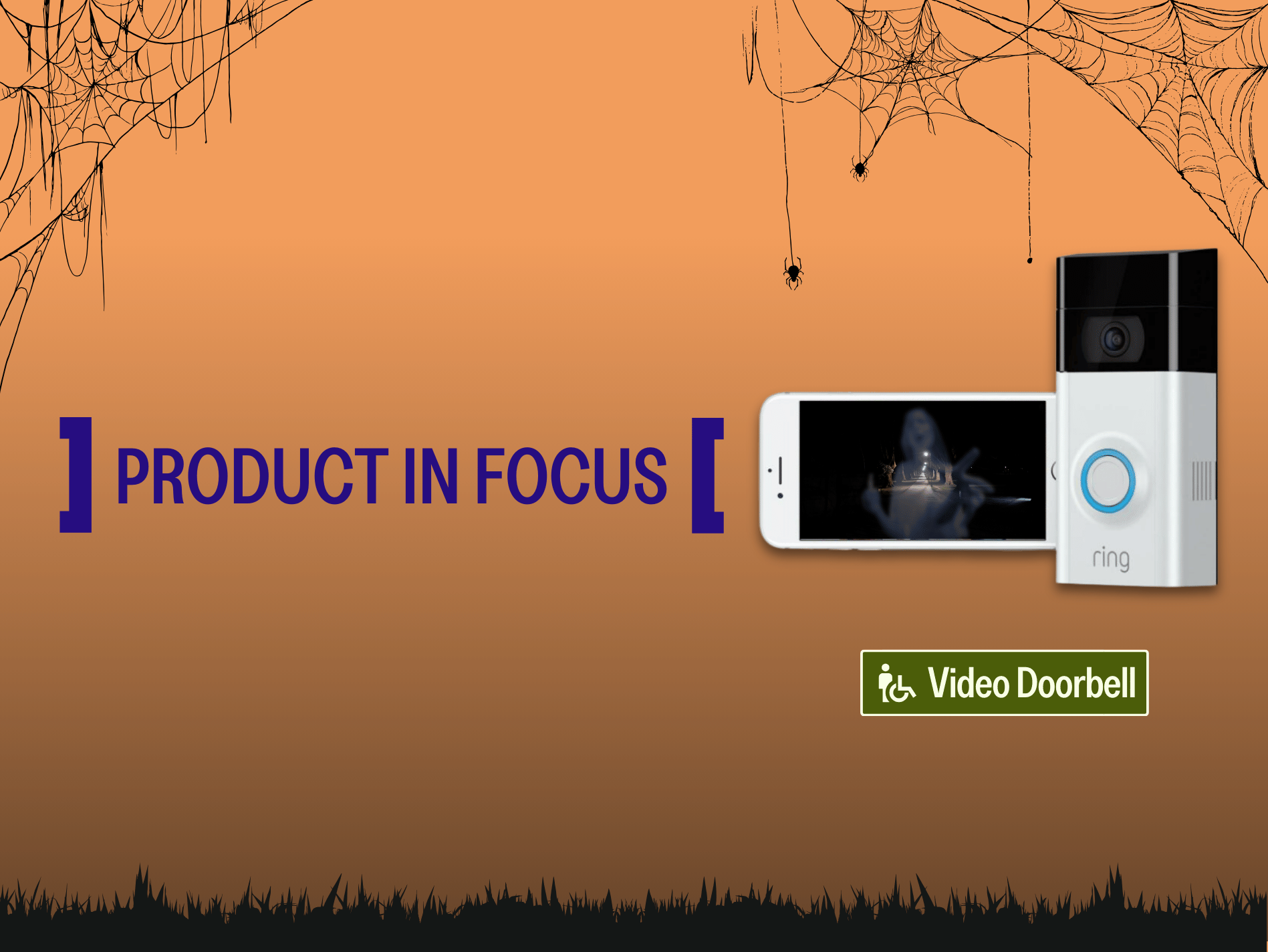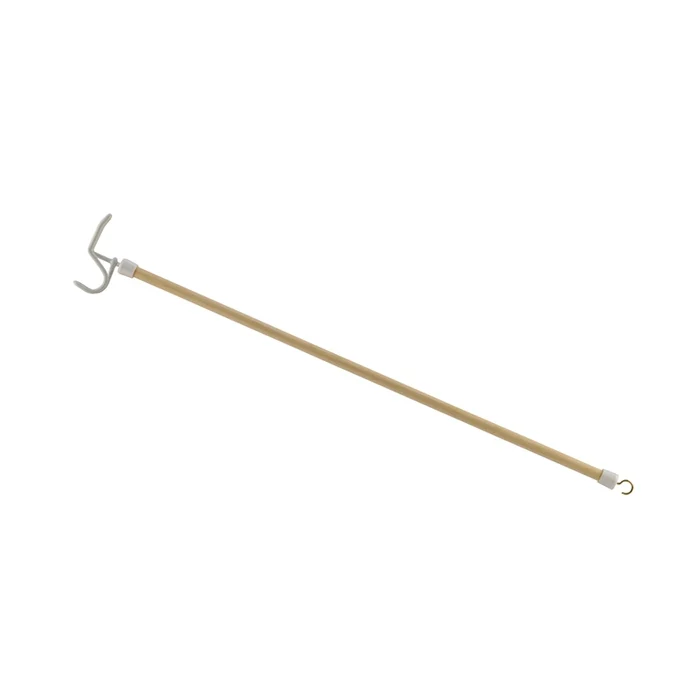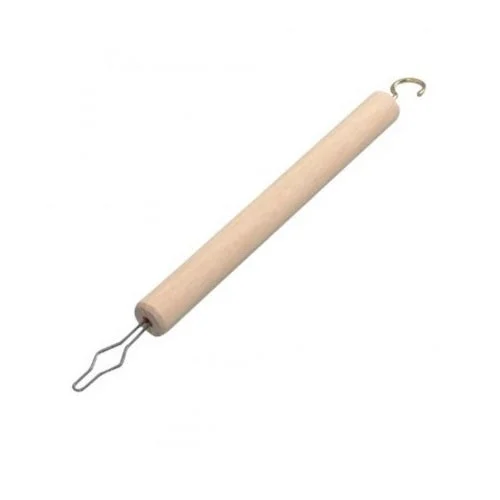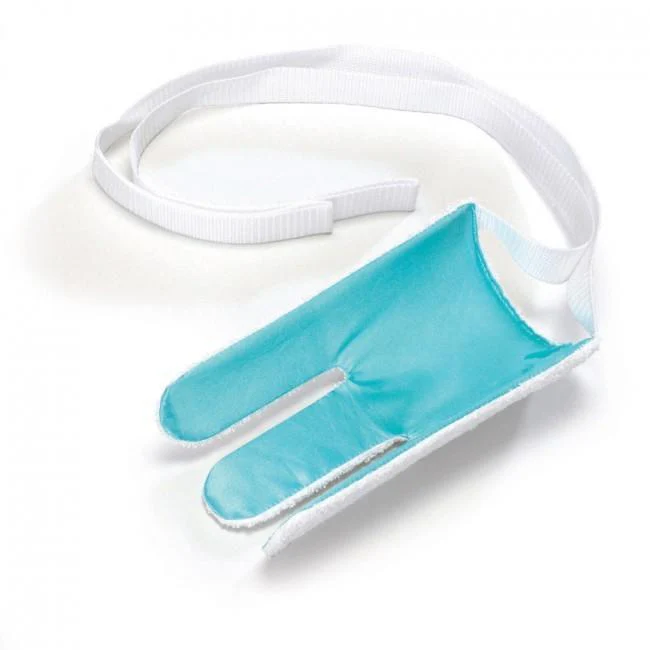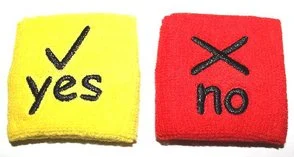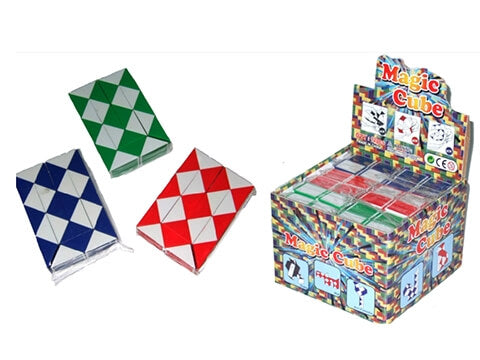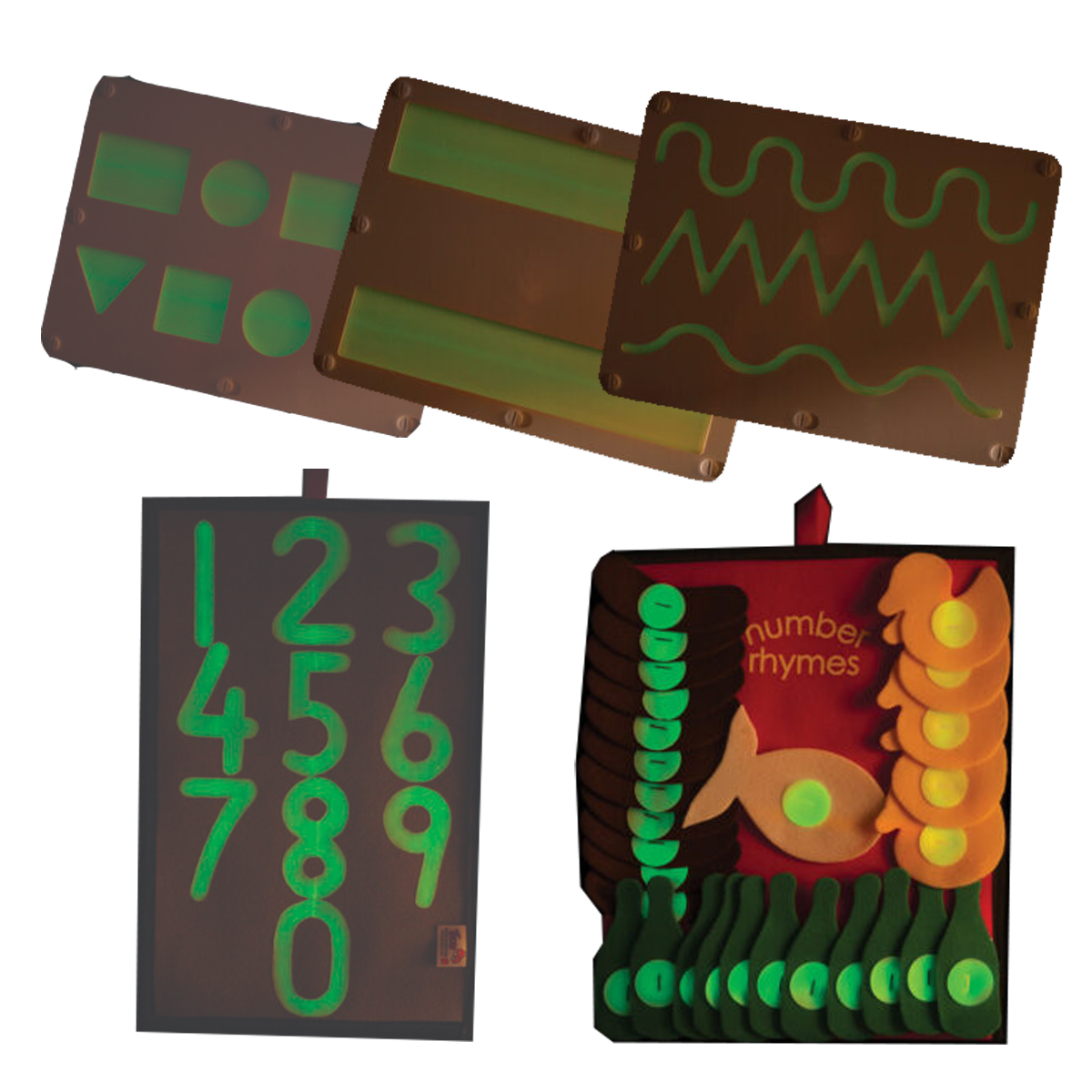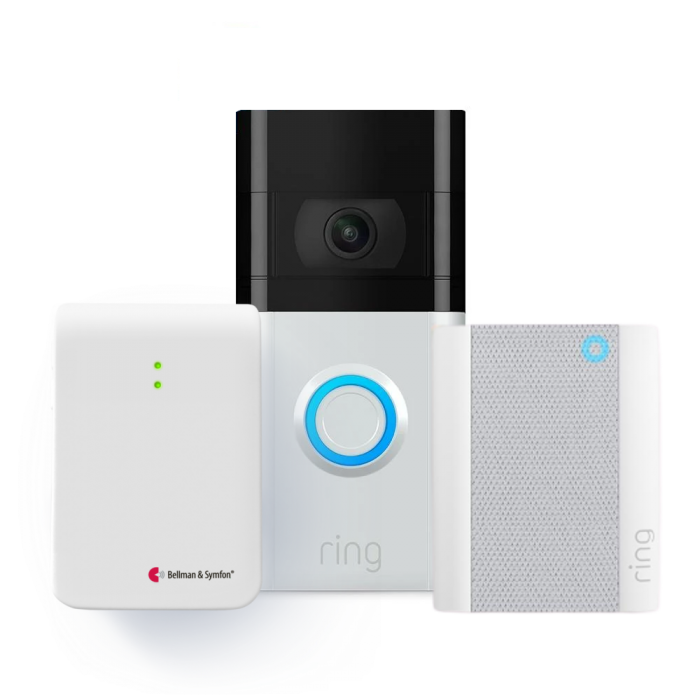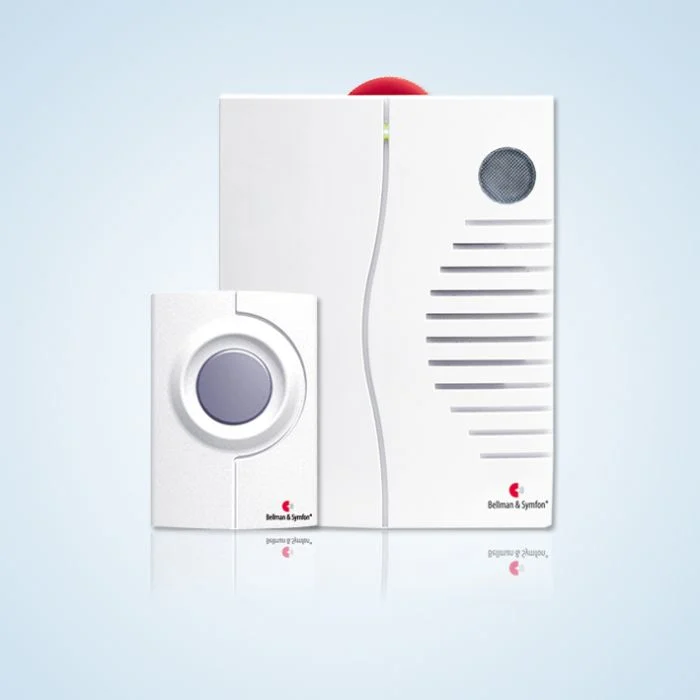It’s the spooky season, but assistive technology doesn’t have to be scary!
Assistive technology (AT) is any device or tool that helps you safely and independently complete your daily activities, from brushing your teeth and getting dressed, to communicating with your loved ones and getting out in the community.
It can be as simple as a can opener, or as complex as a wheelchair or communication device, but what each person needs will be different and unique to them.
Halloween is just around the corner, and with the spooky holiday becoming more popular, helping everyone enjoy it is important – and that is where AT comes in.
Here are our suggested AT solutions to help you or your family have fun this Halloween.
Getting Dressed in Your Costume
Costumes are one of the best things about Halloween – getting to dress up as a witch, vampire, or your favourite character, can be fun for everyone, and especially kids.
Aspects of clothing such as buttons or zips can be difficult if you struggle with fine motor skills, or if they mobility issues, and find putting on socks, pants, or shirts inaccessible. AT like dressing aids can help you or your loved one get dressed in their costume in a more accessible way.
Trick or Treating
Another key part of Halloween is trick or treating. Receiving candy or another treat is certainly an exciting part of the night, but some people with disabilities can experience difficulties due to the inaccessibility of houses, or communication. Yes/no bands and PODD books can help you communicate with others, and PODD books can even be customised to include "Happy Halloween" or asking about candy.
Trick-or-treaters may also benefit from sensory aids to help them regulate during conversations, if they are feeling overwhelmed or nervous about approaching a neighbour. Fidget toys can assist them in feeling calm and safe, but they also may be a good alternative to candy for those who are unable to have sweets for a variety of reasons.
A key part of trick or treating is ringing the doorbell, which can be difficult for those at home to hear or recognise. Doorbell kits offer more accessible ways to know when someone is at your door, especially for those who are D/deaf, hard of hearing, or need a visual or another sensory cue.

